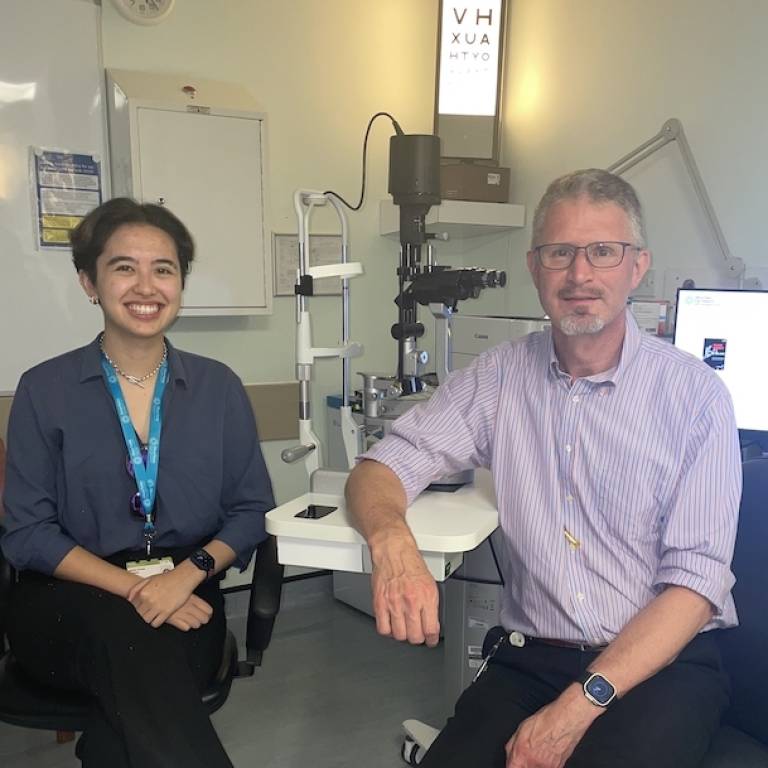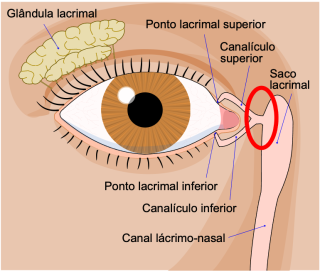Blog: Alyssa Quinney on her summer studentship experience
2 October 2023
Alyssa Quinney, a UCL Medical Physics and Bioengineering undergraduate student, spent 8 weeks working at Moorfields Eye Hospital.

This summer, I was privileged to have the opportunity to undertake an IHE studentship at Moorfield’s Eye Hospital.
My project was titled ‘Design of a Biomedical Device to Enhance Safety and Efficacy of Ophthalmic Topical Medications’ and my supervisor was Professor Paul Foster. The project was to help patients suffering from glaucoma, a severe eye condition where the optic nerve is damaged, leading to loss of vision and eventually, blindness.

I spent 8 weeks observing glaucoma and adnexal clinics and surgery in theatres, meeting and gathering information from patients and clinicians/surgeons alike, to familiarise myself with the clinical background of this project and inspire initial design ideas. Simultaneously, I was designing my device using 3D CAD modelling, whilst considering the design criteria and challenges including gender and racial facial anatomical differences. I was fortunate to be granted access to 3D printers to manufacture and assembled my prototypes in both PLA and clear resin. The clinicians at Moorfield’s were more than generous in allowing me to test my prototypes on them along the way. At the conclusion of my project, after refining and testing many prototypes, I delivered a fully functional prototype to my supervisor. We decided that this current design could be further improved in specific design aspects as well as in conducting a material analysis. There is currently no such device on the market so further development of this would ultimately increase the efficacy of glaucoma eye drops to benefit patients.

 Close
Close

